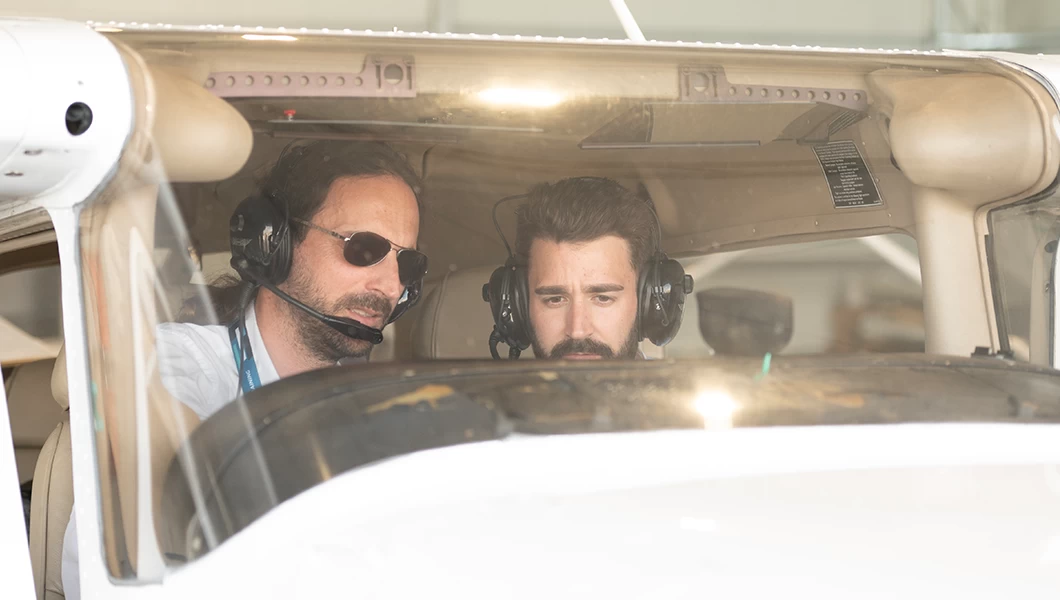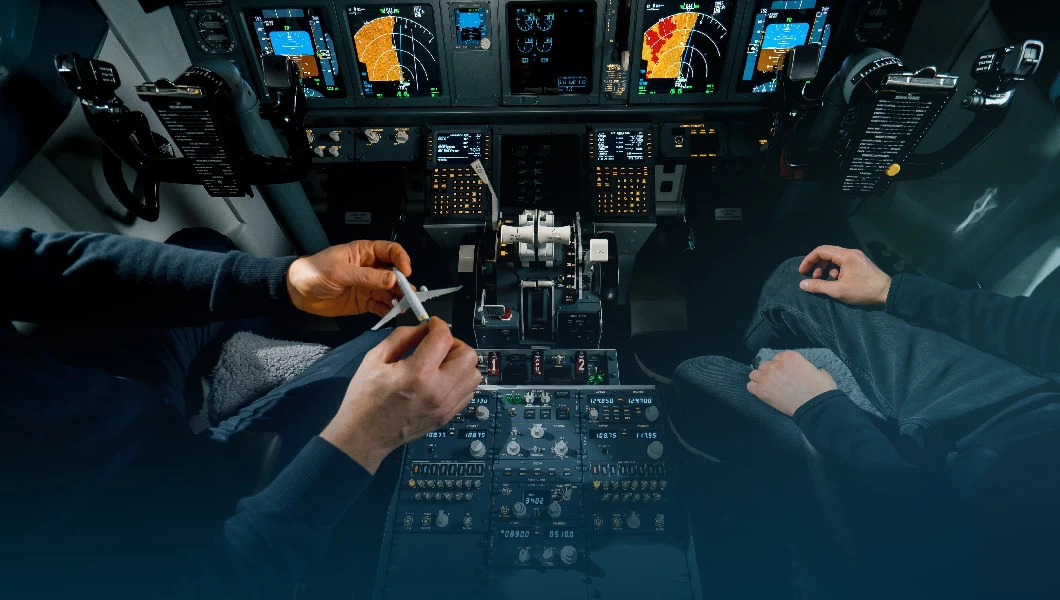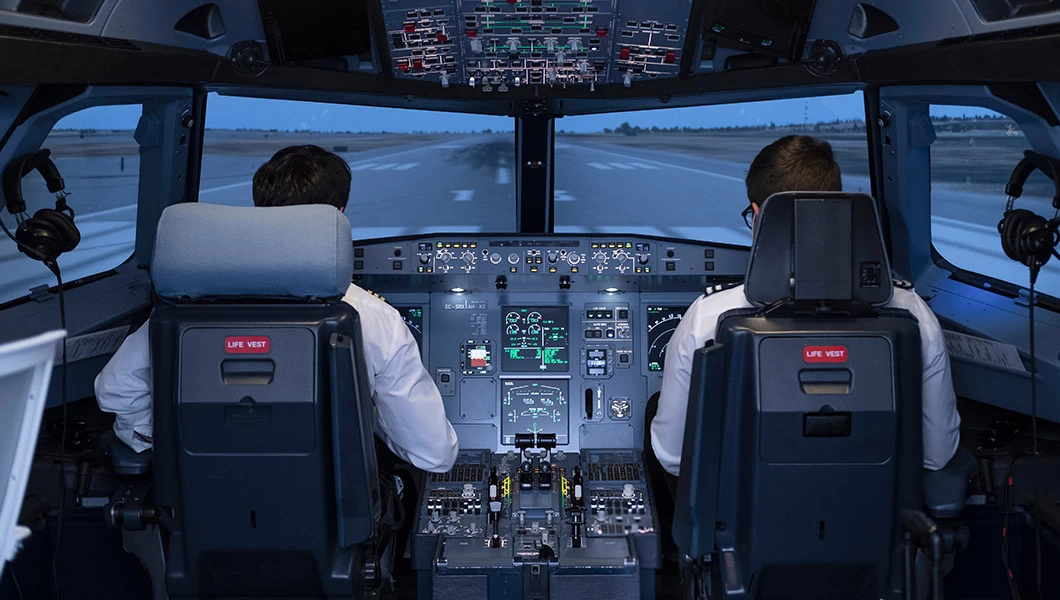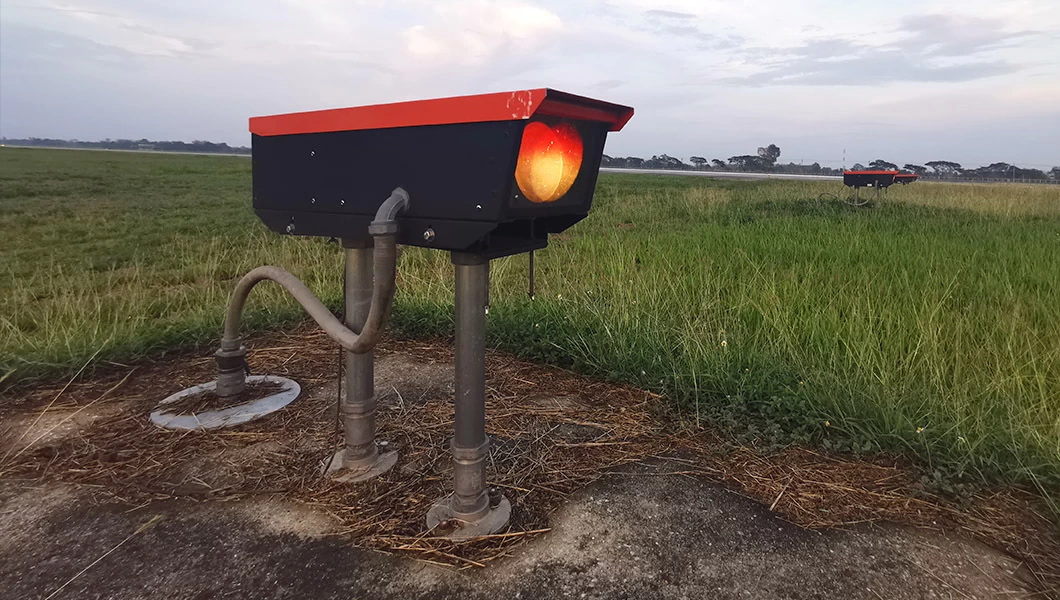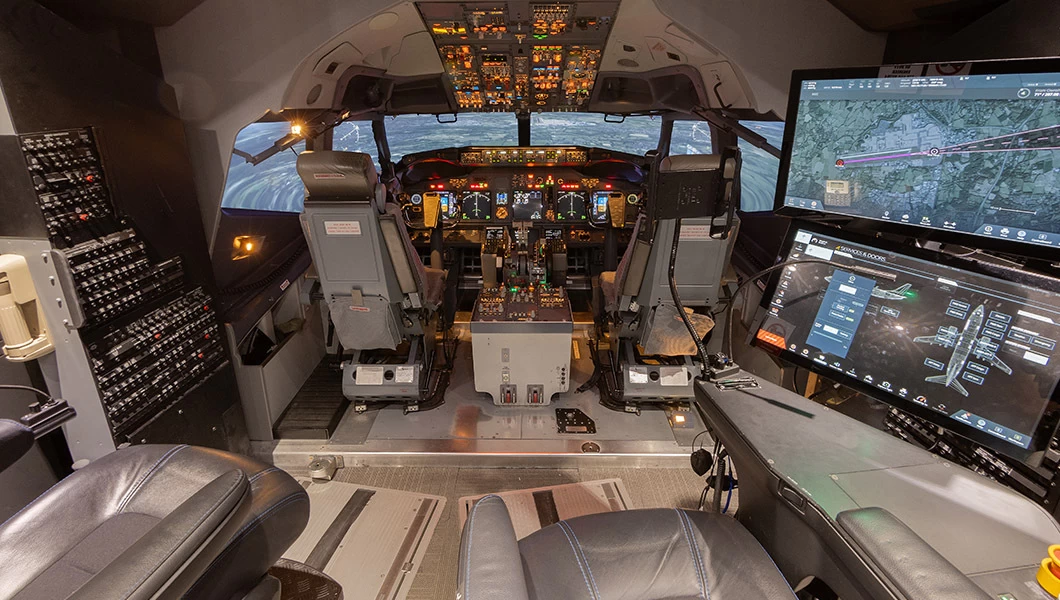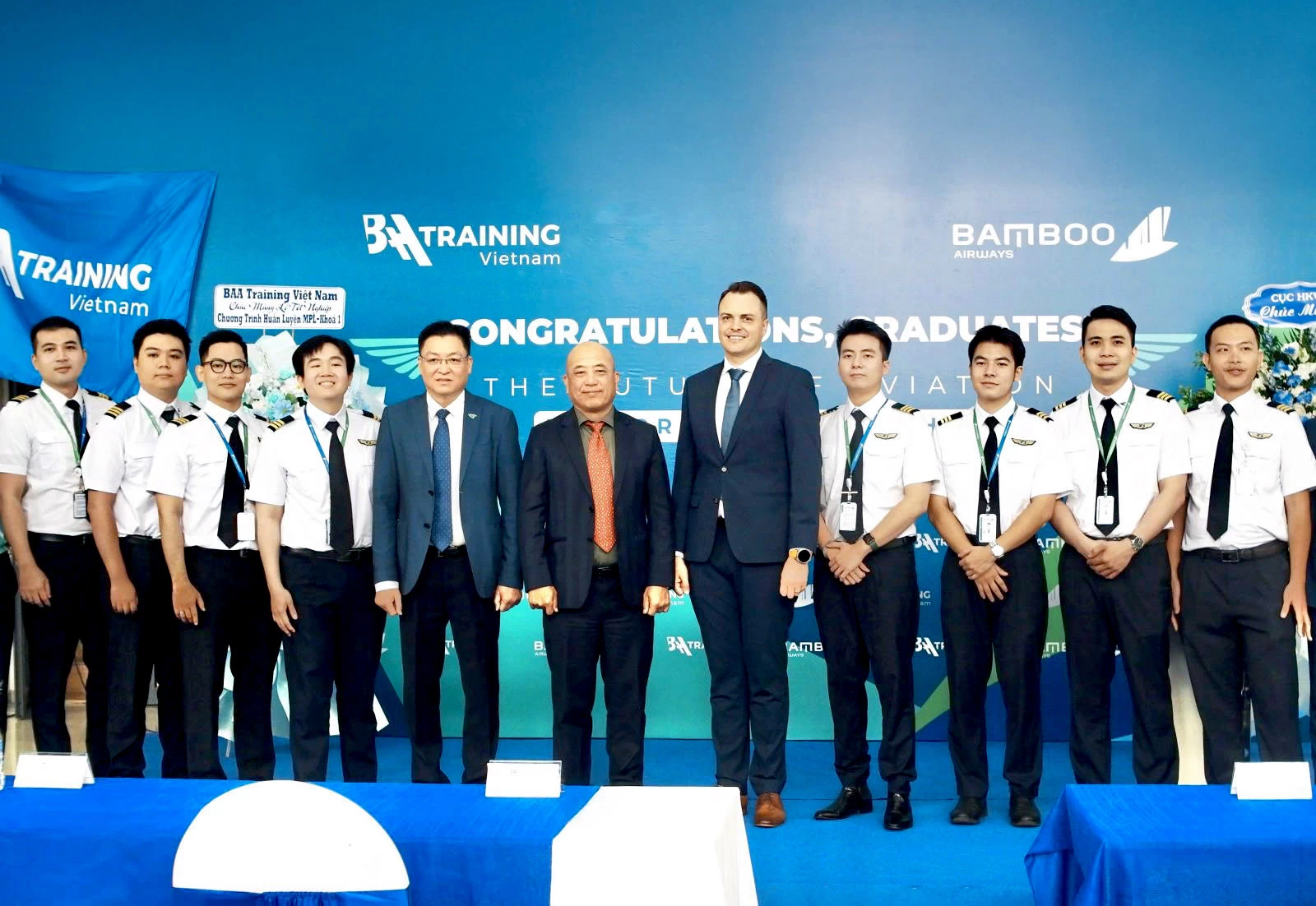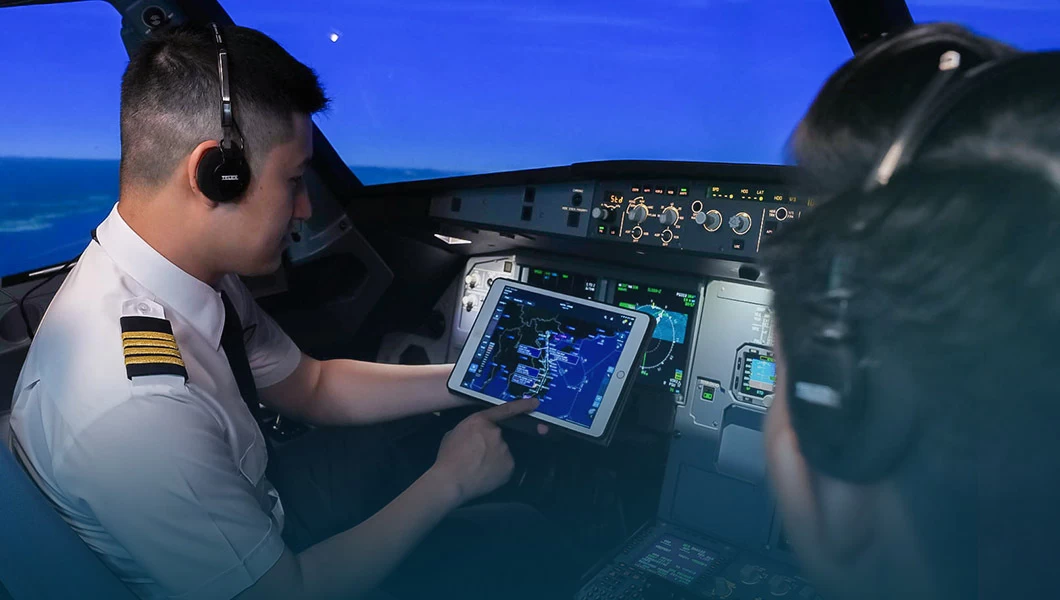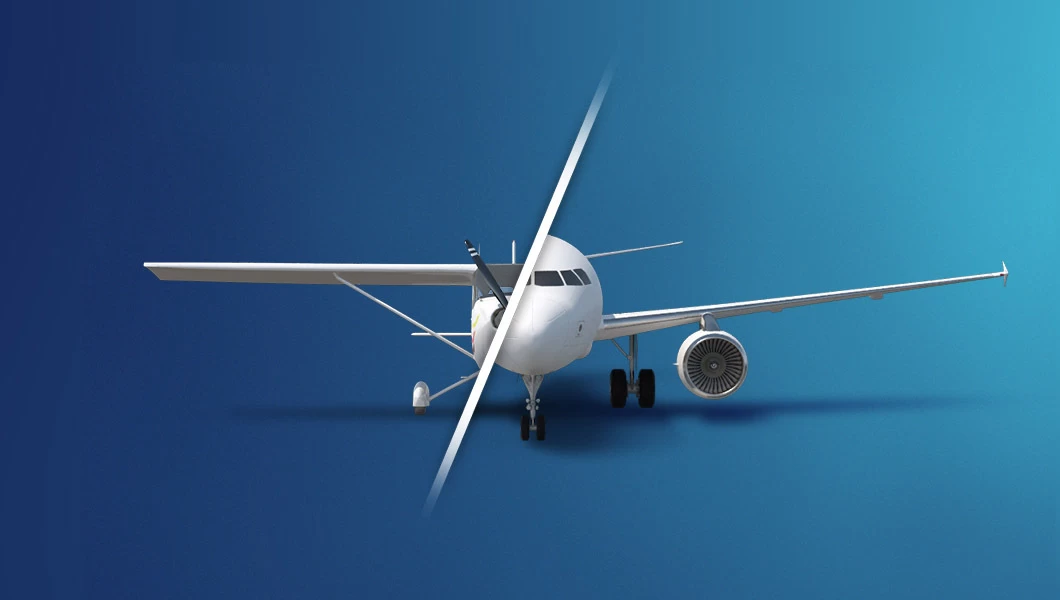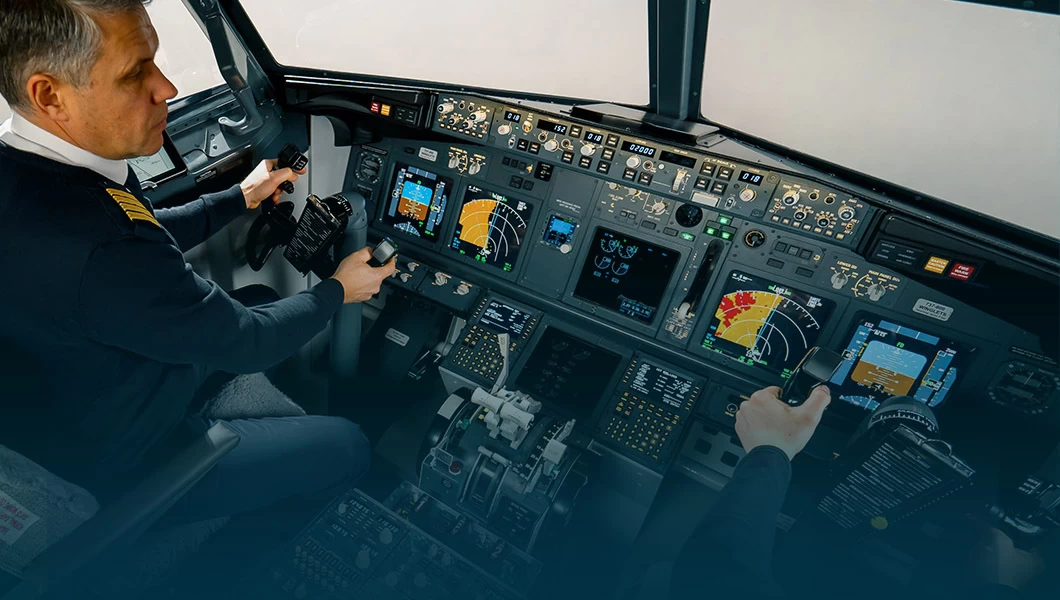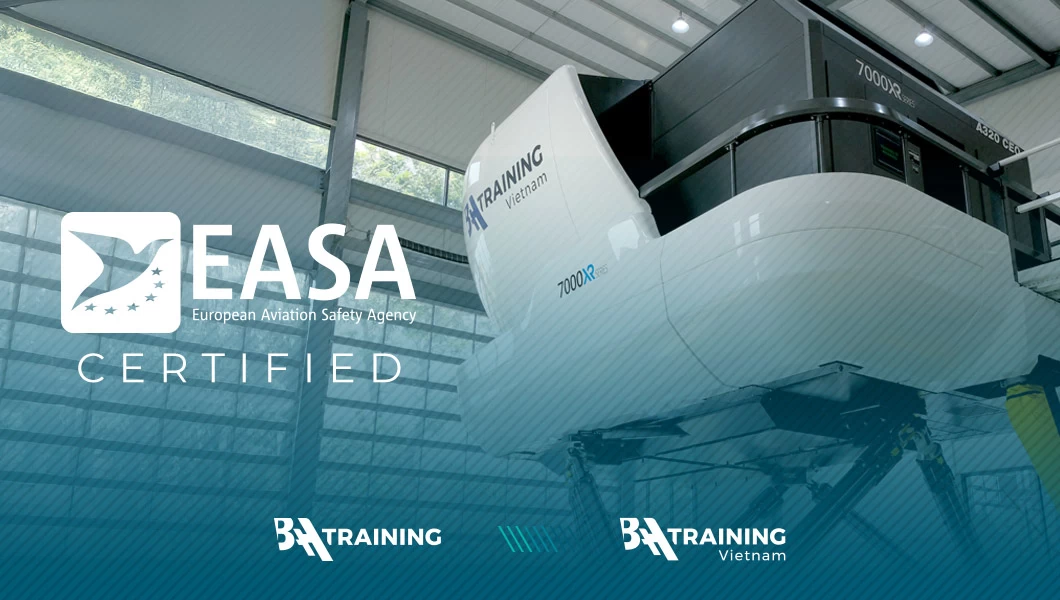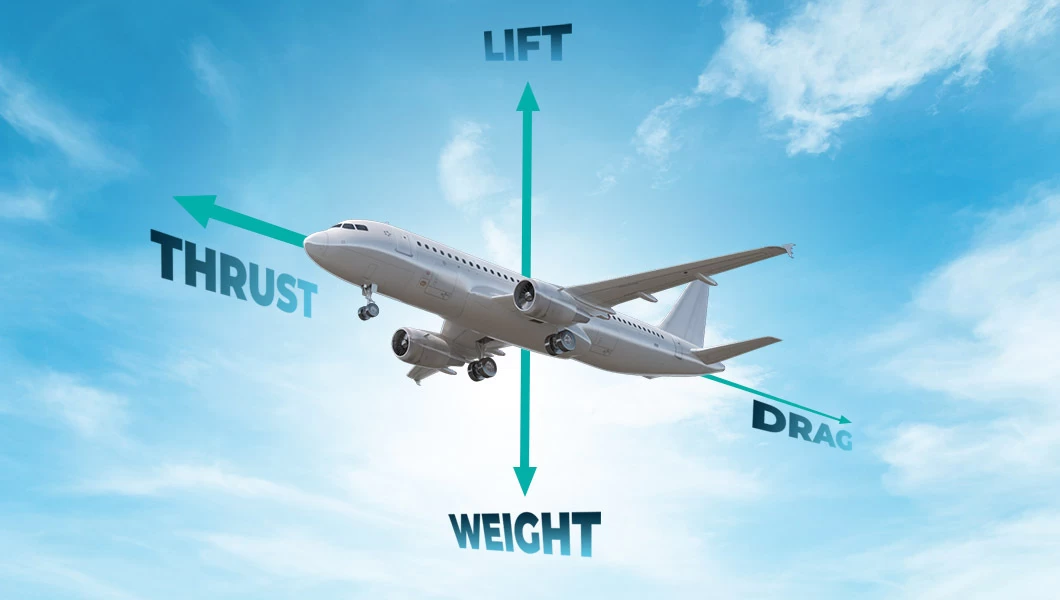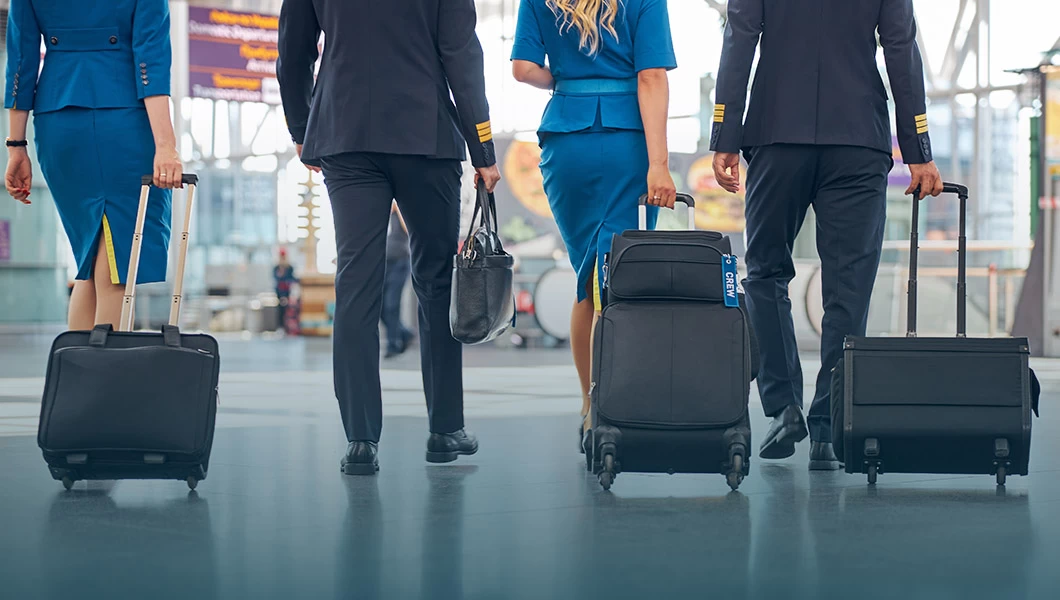Prefer to listen? Press play to hear this article.
In 2023, industry leaders were already sounding the alarm about the pilot shortage. Experts predicted a shortage of between 613,000-649,000 pilots worldwide for 2023-2042, aggravated by the lingering effects of the pandemic on training schedules and hiring freezes—with regions like Europe, Asia-Pacific, and North America expected to be the hardest hit. A backlog in pilot training pipelines and the post-pandemic recovery, which increased demand for air travel, were two factors that contributed to the shortfall. This resulted in increased flight cancellations, aircraft groundings, and reduced capacity during peak seasons.
“2023 was a turning point for the majority of the industry—the infrastructure for pilot training had a hard time keeping up with the increase in demand while airlines were recuperating from the pandemic,” explained Marijus Ravoitis, CEO at BAA Training, one of Europe’s leading approved training organizations. “This was an early warning sign of a much larger issue at hand. Which, looking at it today, is still prevalent.”
In 2024, the pilot shortage estimate rose to approximately between 649,000-674,000 new pilots for 2024-2043, according to various industry reports. Here, factors like ongoing retirement, fragmented pilot training pipeline, and higher-than-expected air travel recovery post-pandemic played their part. This led to airlines increasing pilot recruitment drives, but still being unable to meet the demand due to the training time needed for new pilots. According to Ravoitis, while updated predictions have not yet arrived for 2025, the numbers won’t be dropping significantly anytime soon.
“Generally, last year’s predictions for certain regions—like North and South Americas, for example—have shown a slight decrease. However, Asia-Pacific and Europe are expected to keep the high numbers. At the moment, based on the most recent predictions from 2024, both regions are looking at a gap of 371,000 and 141,000 pilots, respectively. It’s important to understand that while in some regions numbers are decreasing, we’re still talking about tens of thousands of pilots needed, so the issue is still very much present.”

What has already helped to alleviate these numbers a bit—and will continue to do so—are rising salaries, the much greater awareness of this need for professionals, and options for faster career paths for aspiring pilots, says Ravoitis. According to research, median salaries for First Officers and Captains in Europe increased by 27.58% and 49.46%, respectively, in 2024 from the previous year, which shows that the industry is putting much more effort into securing its talent pool.
“Time is of the essence here, as new pilot training takes a couple of years to complete—if everything goes according to plan,” Ravoitis notes. “Key moments to highlight—we already see that the standard pilot training programs are less popular, and airlines are looking for fast-track solutions. This means MPL—Multi-crew Pilot License—programs and partnerships with pilot training academies.
Your PILOT CAREER
starts with a first click
“Here, I think, an essential part is placed on partners—or training academies. It’s important to choose the right ones, the ones that have a full-scope infrastructure to help meet the demand under relatively short deadlines, or as short as they can be without compromising the training and safety aspects. Preparing qualified, and I’d like to emphasize the word ‘qualified’ here, pilots take time. But what helps tremendously is if the academy takes on both initial and advanced pilot training, with good infrastructure to support it, as we do here. Europe-wise, there are only a few academies that cover the full pilot training journey like us, and these are the moments that truly help airlines to meet their training needs, as not every airline, even if they have in-house training capabilities, at this point, can handle the strain.”
The pilot shortage has been increasing for the last four years and is reaching a critical point. While the immediate solutions are helping, the crisis is far from over. With demand for air travel continuing to rise, and more pilots retiring than entering the industry, the gap will likely only continue to grow.
However, the increasing cooperation between airlines and training academies, alongside rising salaries and faster career pathways, shows that the industry is beginning to address the issue head-on. To ensure long-term viability and avoid further disruptions, the sector must continue to innovate and invest in new training models, regulatory support, and strategic partnerships.
